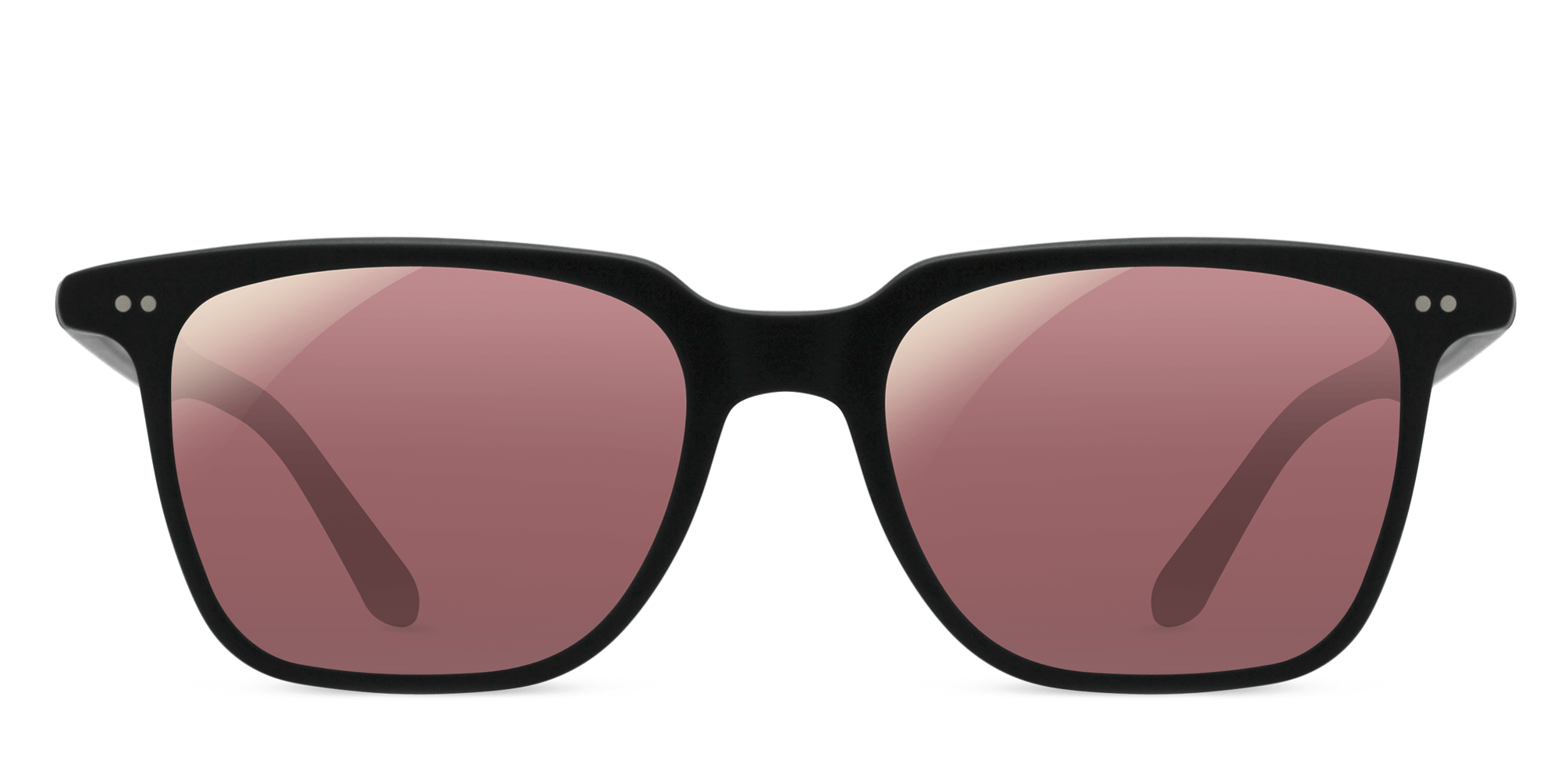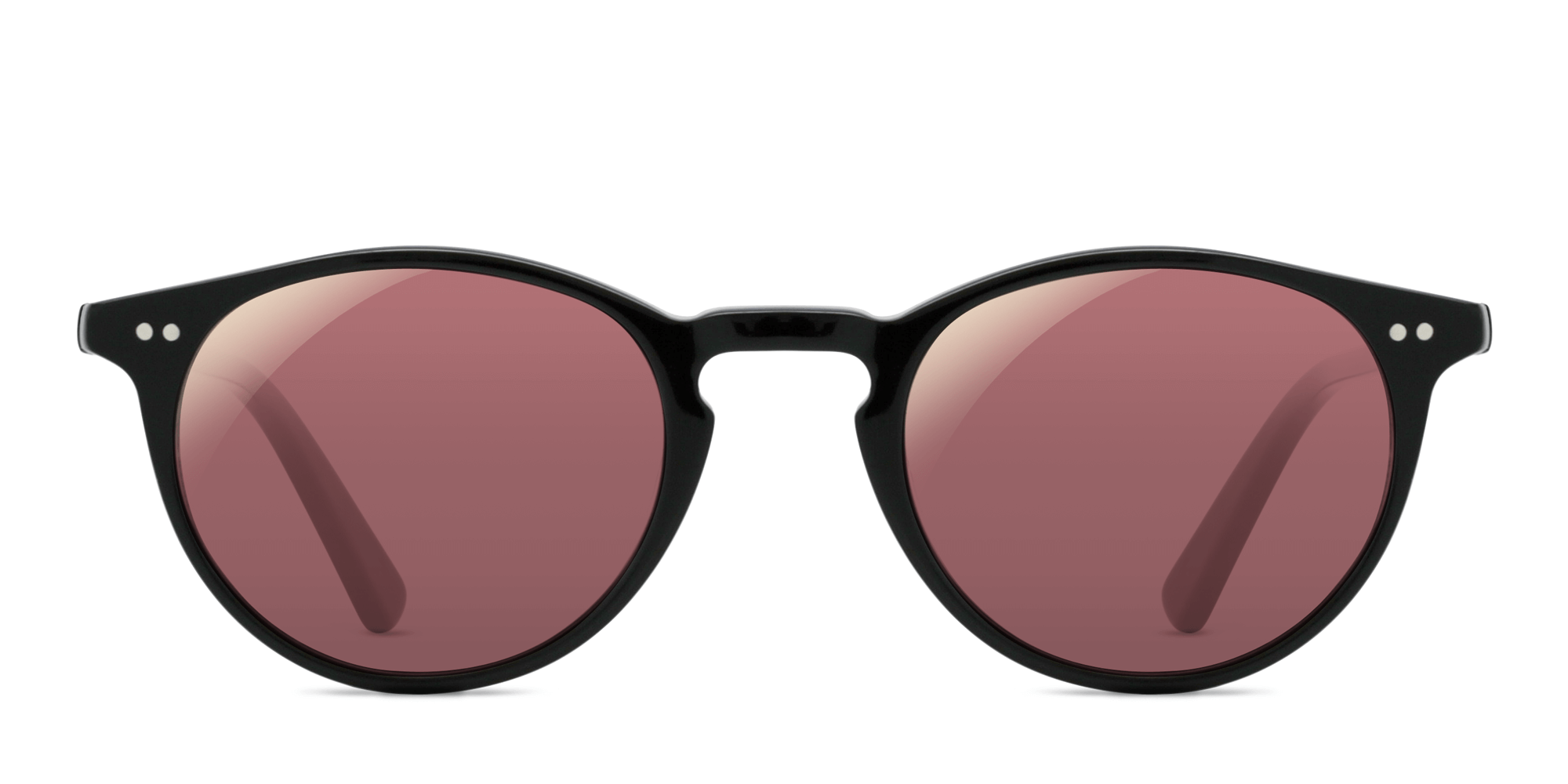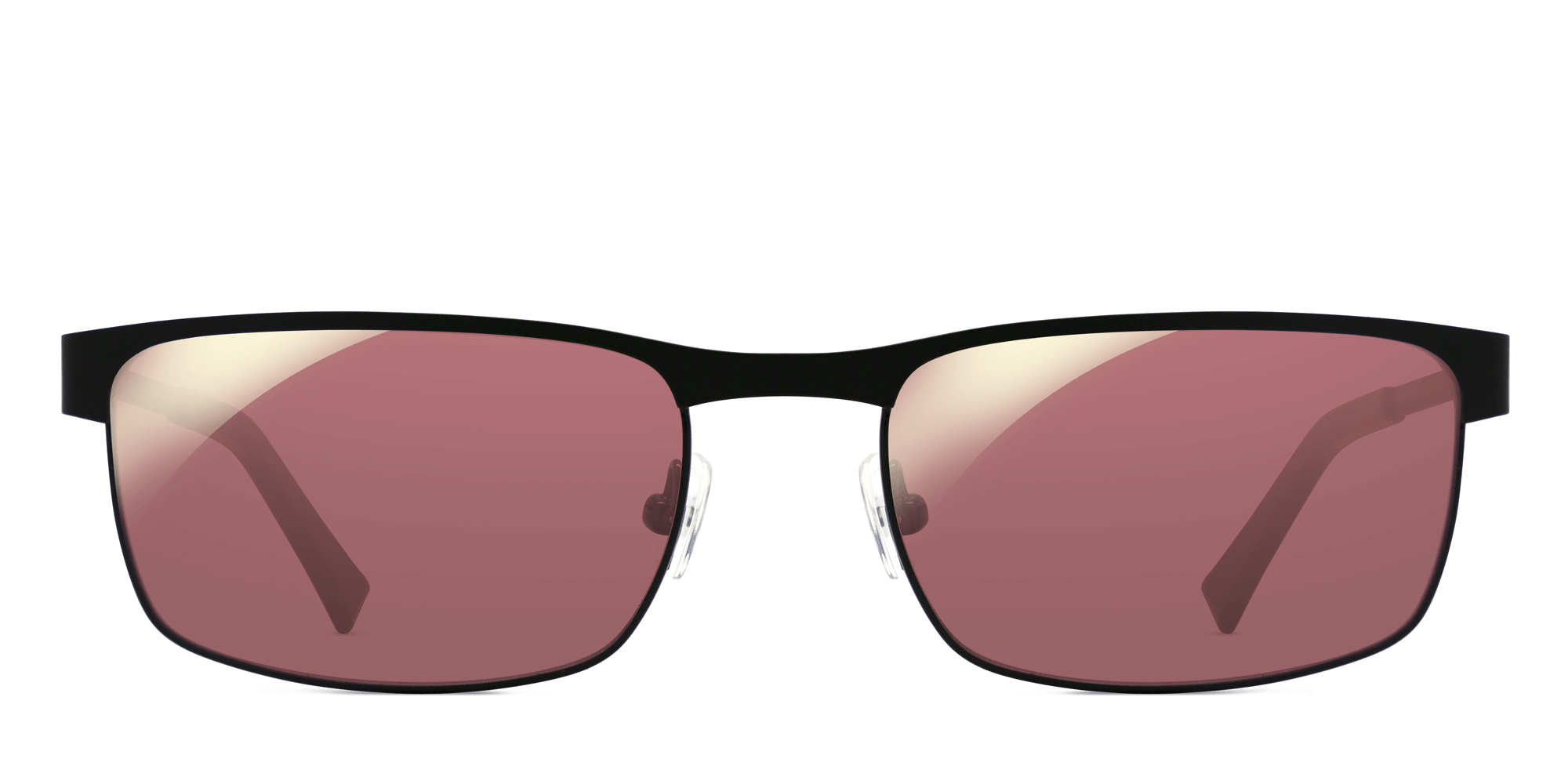There are an estimated 300 million people in the world with color vision deficiency (CVD).
There are an estimated 300 million people in the world with color vision deficiency (CVD).
One in 12 men, and about one in 200 women, have some form of CVD. Color blindness is
typically inherited genetically and carried recessively on the X chromosome.
Approximately four out of five color blind people (80%) can be helped by Enchroma glasses.
Many color blind people find their occupational, sports or artistic pursuits limited by their
condition. While color blindness is often considered a mild disability, studies estimate that
two-thirds of people with CVD feel it's a handicap.
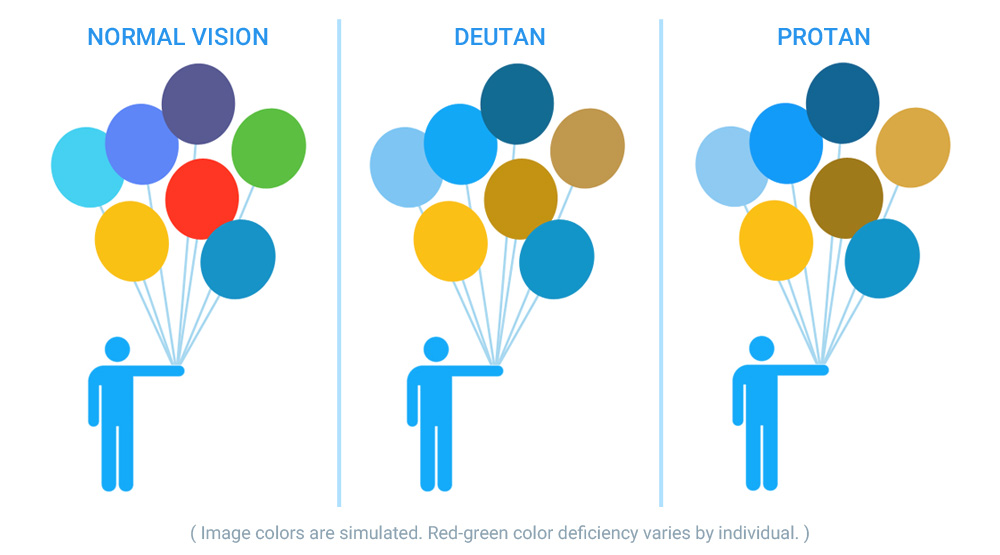
Click on the ballons to take the Color Blind Test
How the Glasses Work
Most color blind people are not blind to color, but have trouble seeing certain colors and
hues. Normal color vision is based on light entering the eye, and activating three
photopigments sensitive to different parts of the visible spectrum (blue, green and red). In a
normal eye, the green and red photopigments overlap. For the color blind, this overlap is
more pronounced, causing distinct hues to become indistinguishable.
The absorption of light in the right ratios by the three photopigments in the eye is critical to
color perception. Enchroma created a special patent-pending optical technology (‘multinotch’
filtering) that removes small slices of light where the red and green cones overlap the
most. This re-establishes a more accurate ratio of light entering the three photopigments so
that color blind people enjoy a more normal spectral response. The result being that color
blind people experience enhanced color, improved ability to differentiate hues of colors, and
better depth and detail perception.
Importantly, Enchroma glasses are not a cure for color blindness. Enchroma strives to ensure
that consumers and the medical community understand that our glasses are not a “cure”,
“correction” or “fix” for color blindness. The glasses are effective for about four out of five
red-green color blind people and do not provide 100% color vision. Enchroma glasses
enhance the vibrancy and saturation of certain colors and improve color discrimination,
depth and detail perception. The user's typical experience takes about 5-15 minutes for an
effect.

Facts about Color Blindness and Enchroma
- There are an estimated 300 million people in the world with color vision deficiency.
- 1 in 12 men are color blind (8%).
- 1 in 200 women are color blind (0.5%).
- Color blindness is typically inherited genetically and carried recessively on the X chromosome.
- While color blindness is often considered a mild disability, studies estimate that two-thirds of people with CVD feel it’s a handicap.
- Red-green color blindness doesn’t mean only color confusion with red and green colors, but the whole color spectrum can cause confusion.
- Enchroma glasses are the only specialty eyewear that alleviates red-green color blindness, enhancing colors without the compromise of color accuracy.
- Enchroma started in 2010, after ten years of R&D.
- Enchroma emerged from three National Institutes of Health (NIH) SBIR funded studies on the feasibility of correcting color vision deficiency.
- A father can’t pass his red-green color blindness on to his sons.
- If a woman is red-green color blind, all her sons will also be color blind.
- John Dalton wrote the first scientific paper on color blindness. Color blindness is also referred to as Daltonism.
- It’s extremely rare, but it’s possible to have normal color vision in one eye and color blindness in the other eye. This is called unilateral dichromacy.
- The popular “red means bad and green means good” is a poor design for people with color blindness. A better choice would to use red–blue and yellow–blue color combinations.
- Many people with color blindness cannot tell that the power connector on a MacBook changes color.
- Lots of color blind people are surprised to find out that peanut butter is not green.
Outdoor
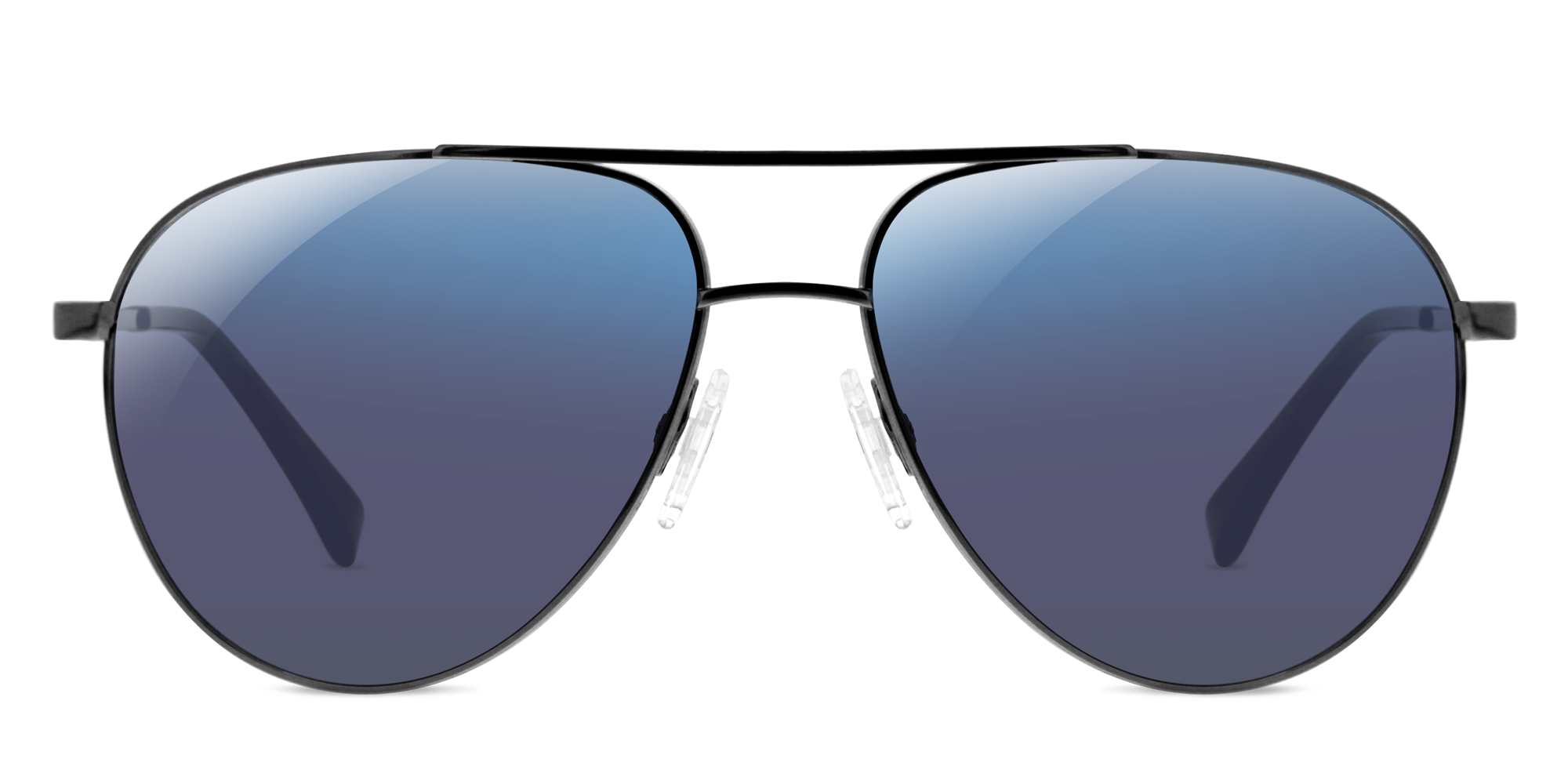
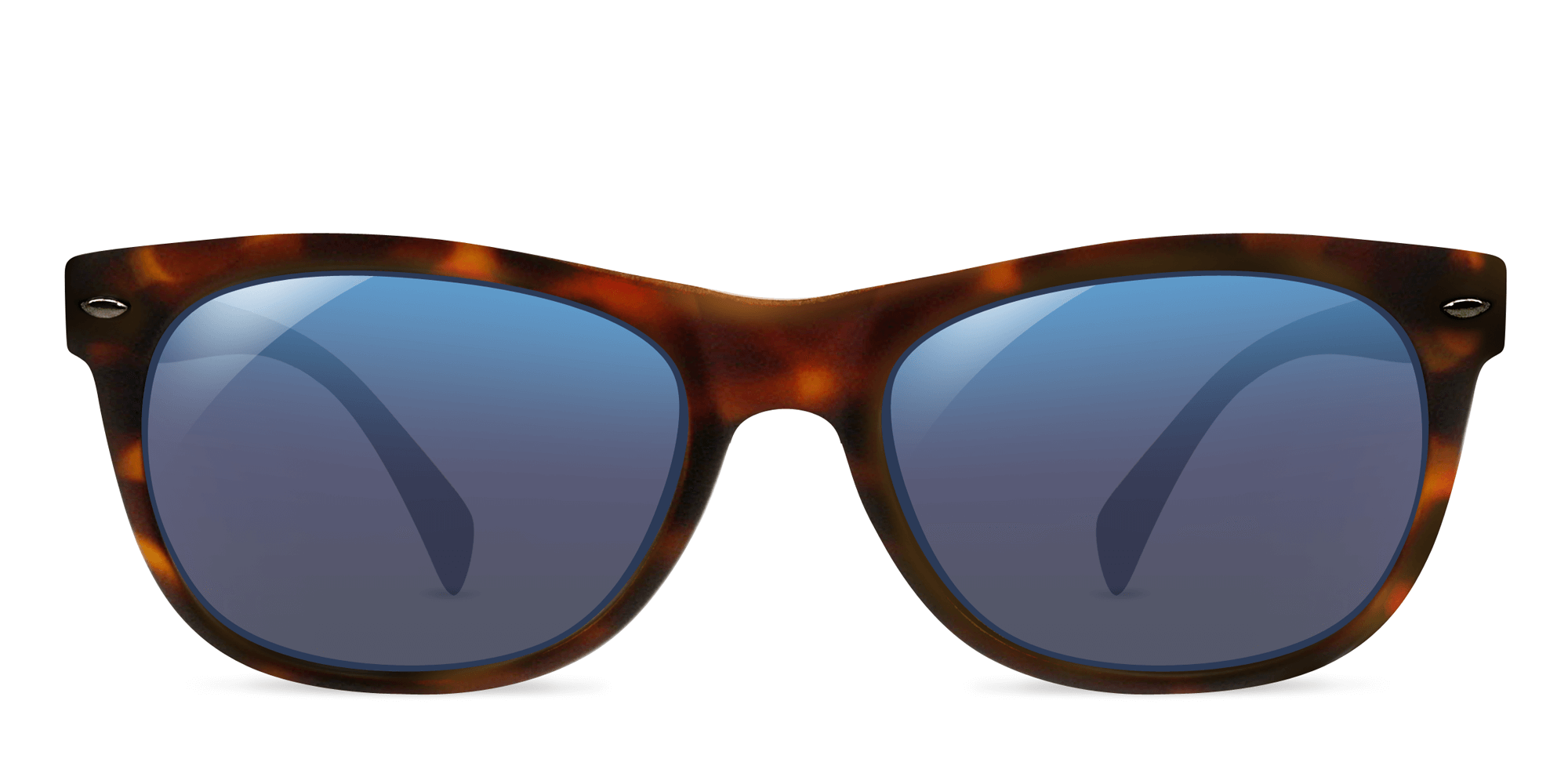
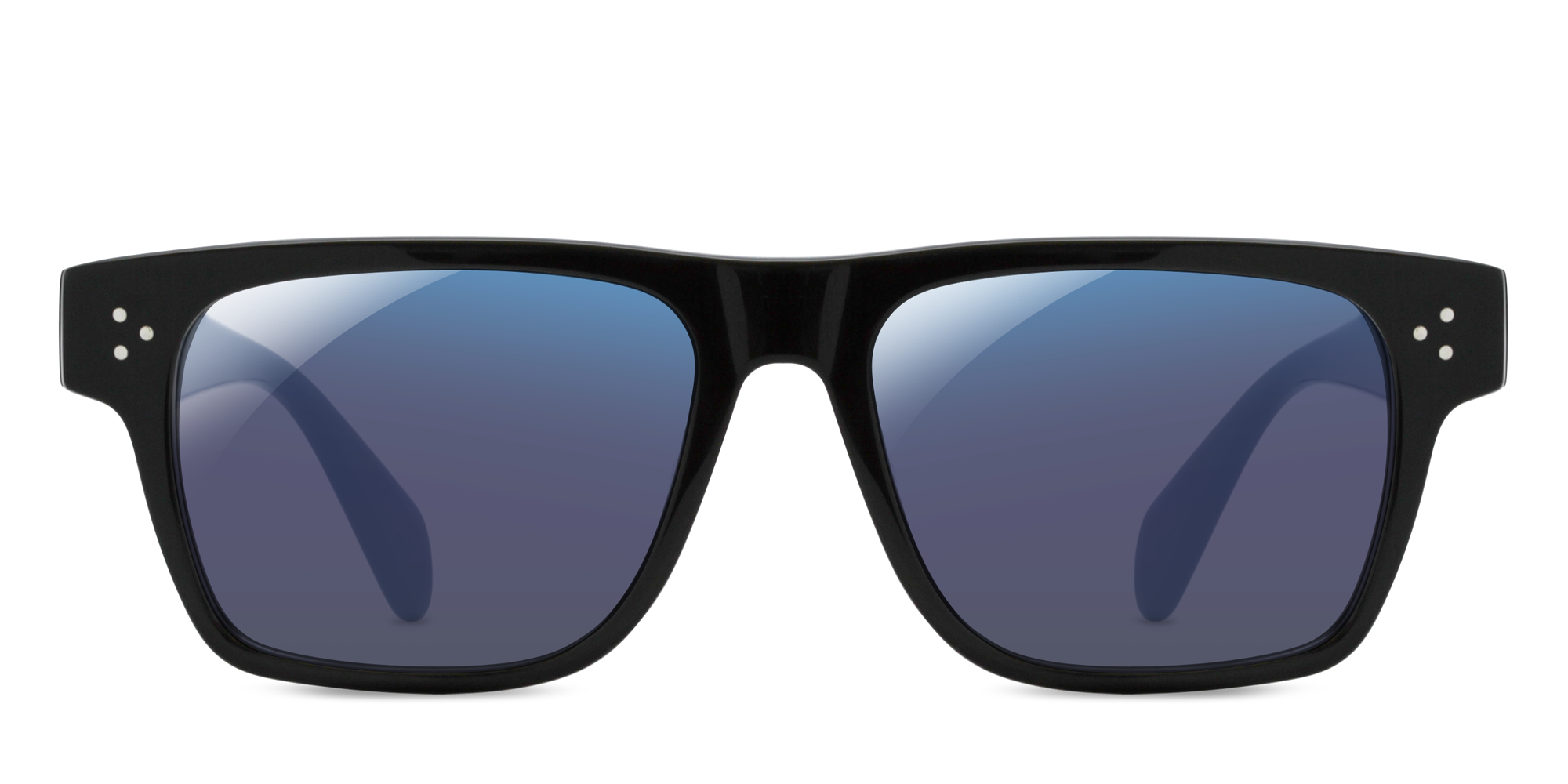
Indoor
